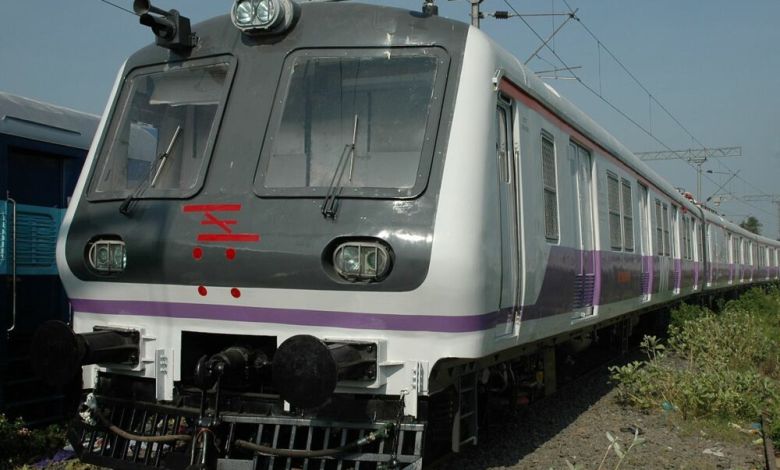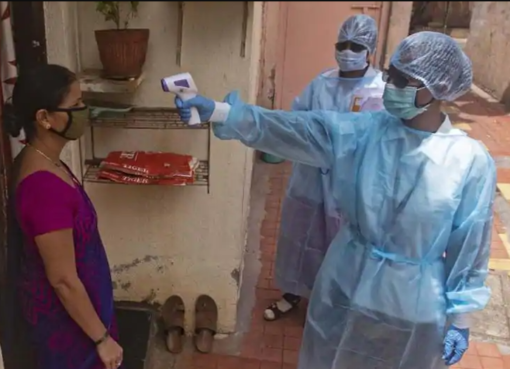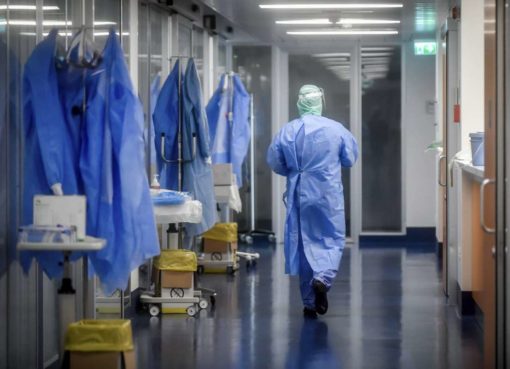Mumbai nearby train administrations have been required to be postponed to forestall “unimportant” travel out of worries that increases made by the city in the battle against Covid might be turned around if suburbanites swarm into trains.
It has been more than a half year since Mumbai’s rural train benefits, the life saver of the city, were radically abridged as a feature of the cross country lockdown forced as a response to the spread of the Covid-19 pandemic. With another period of Unlock rules expected for October, we clarify the significance of Mumbai’s deliberate rural train framework and the reasons why there is a developing interest for resumption of its ordinary administrations.
Why the neighborhood train administration is critical to Mumbai
For a direct city like Mumbai, the rural train administrations assumed a crucial part in encouraging the north-south development of the city’s workforce. The two rural frameworks worked by both Western Railways and Central Railways extends 319 km. It encourages the between locale travel of workers in five areas specifically Mumbai, Mumbai Suburban, Thane, Palghar and Raigarh.
The number of individuals utilize the rural train administrations
The Central Railways used to work 1,774 administrations while the Western Railway would work 1,367 administrations every day prior to the pandemic. These administrations work on a normal recurrence of around one like clockwork shipping around 7.8 million suburbanites for each day.
Rural train administrations were closed down on March 23 during the lockdown. The fractional resumption of administrations was declared on June 15, yet just those regarded to be basic specialist co-ops were permitted to board these trains subsequent to being dispensed an exceptional pass.
In any case, both the divisions are not working nearby trains to its full limit. WR is working at 37 percent limit running 506 of its 1,367 administrations, while Central Railways is working at 24 percent limit working 423 of its 1,774 administrations. Presently, just government representatives and basic administrations suppliers are permitted to utilize neighborhood trains.
The state, be that as it may, puts forth defense by case special cases permitting understudies who needed to offer tests to board the trains. On the mandates of the Bombay High Court, legal advisors going to physical knowing about cases in the chief seat of the HC in Mumbai were additionally permitted to board trains.
What has been the effect of closing train administrations for normal public
The Maharashtra government ruled against continuing full assistance of the rural trains to forestall “unimportant” travel out of worries that additions made by Mumbai in the battle against Covid might be turned around if workers swarm into trains.
In any case, the choice to direct the administration on the country’s biggest passenger train network has made difficulties numerous inhabitants of Mumbai’s satellite urban areas, particularly poor people. As organizations open, a significant number of the city’s workforce who remain in far away areas from business regions in the city have seen their every day drive time twofold as they endeavor to arrive at Mumbai.
Sometimes suburbanites from satellite rural areas like Vasai, Virar, Panvel, Kalyan go through more than four hours one approach to arrive at their work environments. The expense of driving has additionally expanded generously. While a 67-km drive on the rural line would cost just Rs 35, workers currently spend anything between Rs 200-300 to cover a similar separation by street. There have been fights and exhibits in these spots looking for the resumption of typical train administrations.
What are the risks of resuming Mumbai’s rural train administrations?
Mumbai’s rural trains are intentional and dependable, however they are likewise stuffed. During top hours, a nine-vehicle Mumbai rural train, which can take 1,700 travelers (around 4 people for every square meter), has been conveying 5,000 travelers, (around 12 people or even 14 to 16 travelers for each square meter, which is characterized as too thick pulverize load by Indian Railways). There is a dread that permitting resumption of ordinary administrations builds the odds of the disease spreading. A Covid-19 projection model by Tata Institute of Fundamental Research (TIFR) had cautioned that if neighborhood trains are restarted by mid-September, it might prompt a ‘hard to oversee’ second wave. The model has educated faltering concerning office timings to abstain from congestion in trains.
Will typical administrations continue at any point in the near future?
There has been expanding pressure from the overall population just as open agents on permitting the resumption of ordinary train administrations. BJP MP Manoj Kotak had brought the issue up in parliament requesting the resumption of train administrations for the accommodation of an enormous number of individuals who need to answer to work and travel inside the city. Mumbai Guardian Minister Aditya Thackeray has given a sign that there could be some standardization of administrations by mid-October. Nonetheless, with the Covid-19 numbers expanding in Mumbai, the Uddhav Thackeray government has shown that it will adopt a wary strategy on restarting administrations.
Disclaimer: The views, suggestions, and opinions expressed here are the sole responsibility of the experts. No Sahyadri Times journalist was involved in the writing and production of this article.




